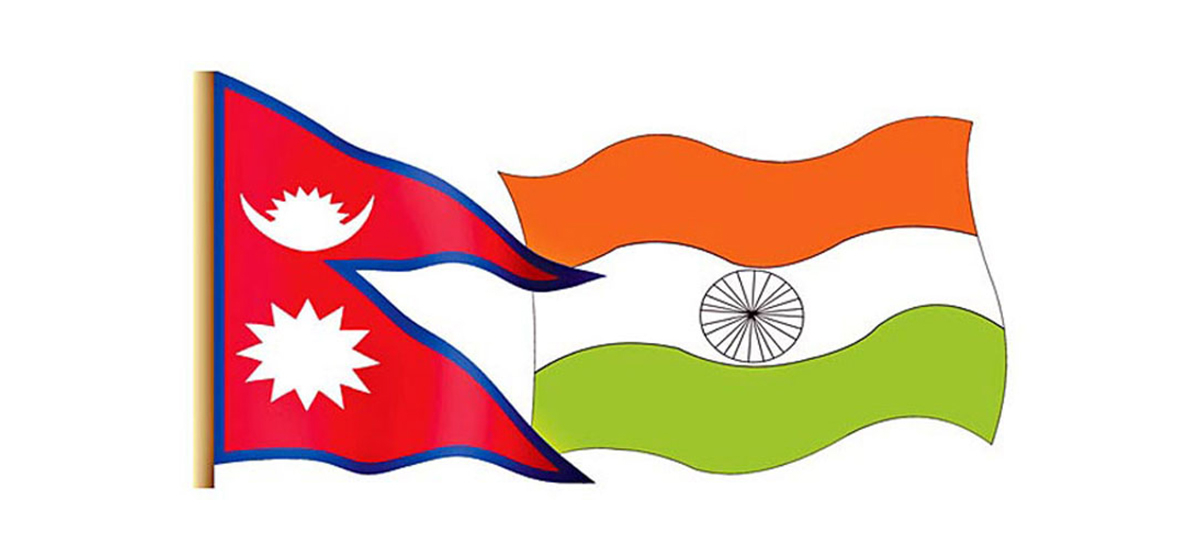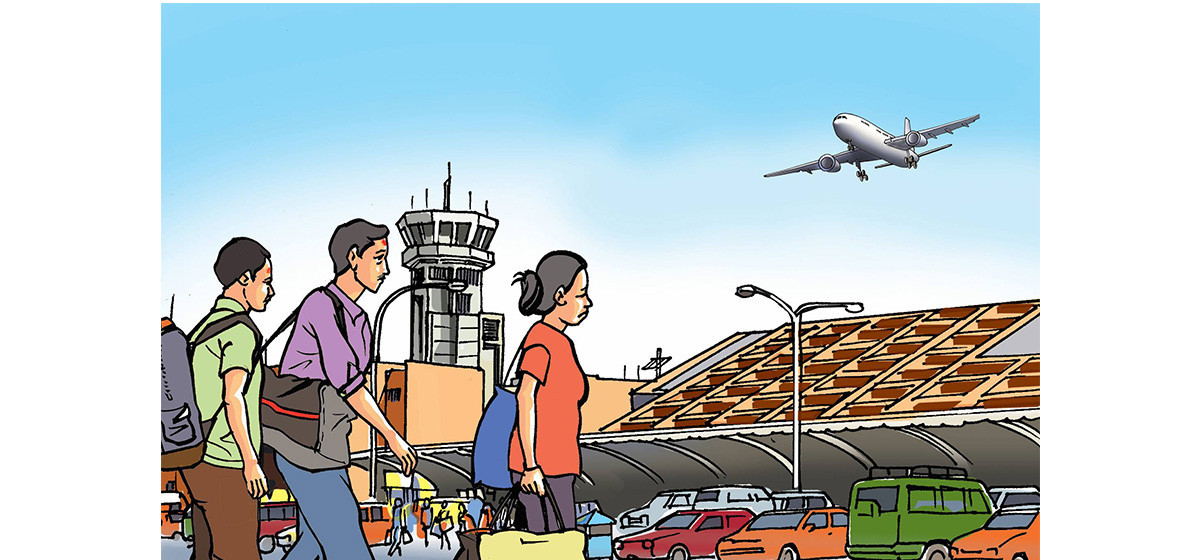
OR
Internet voice apps eat away international revenue of telcos
Published On: March 7, 2018 04:30 AM NPT
Revenue from international calls down by 20 pc
KATHMANDU, Mar 7: Nearly an hour of 20-year-old Jenish Shrestha's day is spent on speaking to his friends over the phone. While this was not as frequent before as young Shrestha did not like constantly asking for money from his parents to top up his cell phone. With the introduction of various applications, however, Shrestha can talk to his friends over the phone as much as he pleases to. That's not all. Shrestha claims he can connect to his friends abroad which otherwise would not have been possible.
“Previously, phone calls did not usually exceed over five minutes. However, now, through Viber and Facebook Messenger, the conversation goes usually for more than 20 minutes,” explained Shrestha. “Due to the free service, I can converse with my friends as my heart desires. This indeed has brought the world closer together as I can connect with my relatives and friends living on the other side of the globe through the Internet for free,” said Shrestha.
As people of all ages have found it convenient to speak over online applications, reports claim that revenue collection from international calls has plummeted by 20 percent globally. “Global revenue collection of international call services through telecommunication companies fell by an average of 20 percent in 2017 alone. This is the case with Nepal Telecom (NT) as well,” Pratibha Baidhya, an information officer with NT, told Republica.
Likewise, a report published by Ncell, states that the GSM operator's revenue from international calls dropped by 19.6 percent in 2017.
Although the use of these online applications to make voice and video calls both within and beyond the country is on the rise, much change has not been experienced in the case of Nepal to Nepal calls. However, revenue from international calls has declined by a fifth.
Talking to Republica, Baidhya said: “Competition among operators have made data and other telecommunication services cheaper. This could be the reason behind the drop in our revenue from international call services.”
According to statistics provided by NT, between 60 and 80 percent of its customers are smartphone users, while the same for Ncell is around 52 percent.
PSTN PHONES STILL IN DEMAND
While one might consider that with cell phones being a commodity that can be found in the hands of most of the population, the use of Public Switch Telephone Network (PSTN) or landline telephone has not dwindled.
According to Baidhya, the landline market is still prominent in Nepal as this is the go-to service for home and office use. “Although mobile phones have reached to the hands of millions of people, PSTN is still important in Nepali households.”
PSTN phone is a must to use NT's popular ADSL Internet service.
You May Like This

'TSC on internet to make up for declining voice call revenue'
KATHMANDU, July 21: The government has claimed that imposing Telecommunication Service Charge (TSC) on internet service is aimed to make up... Read More...

Inland Revenue Department meets revenue collection target in Q1
KATHMANDU, Oct 27: The Inland Revenue Department has succeeded in meeting its target of revenue collection in the first quarter of... Read More...

To eat or not to eat
All of us are waging a war with our bodies. Some of us are trying to kill that body fat... Read More...





Just In
- Power supply to be affected in parts of Kathmandu Valley today as NEA expedites repair works
- Godepani welcomes over 31,000 foreign tourists in a year
- Private sector leads hydropower generation over government
- Weather expected to be mainly fair in most parts of the country today
- 120 snow leopards found in Dolpa, survey result reveals
- India funds a school building construction in Darchula
- Exploring opportunities and Challenges of Increasing Online Transactions in Nepal
- Lack of investment-friendly laws raises concerns as Investment Summit approaches







_20220508065243.jpg)





Leave A Comment